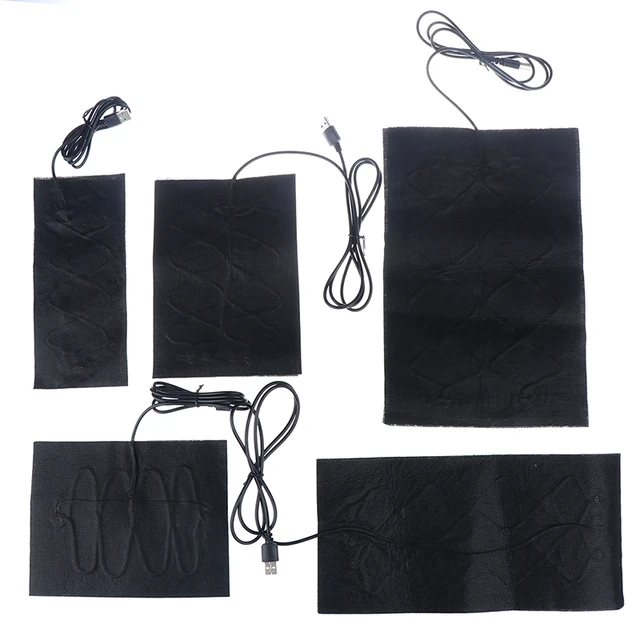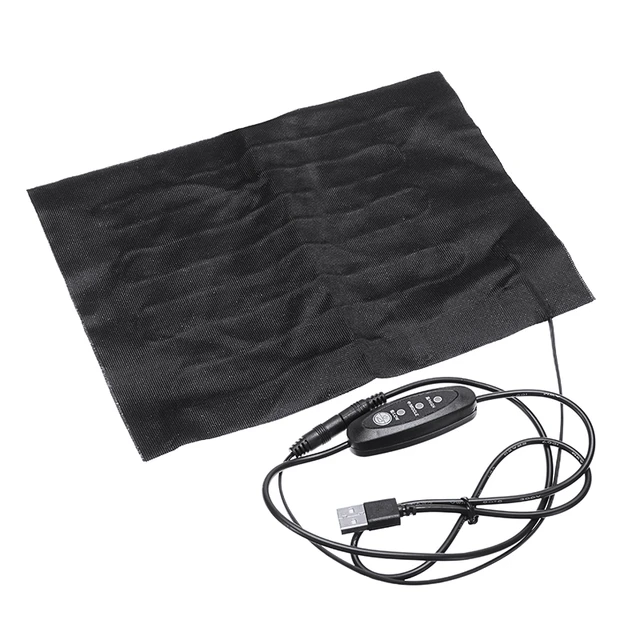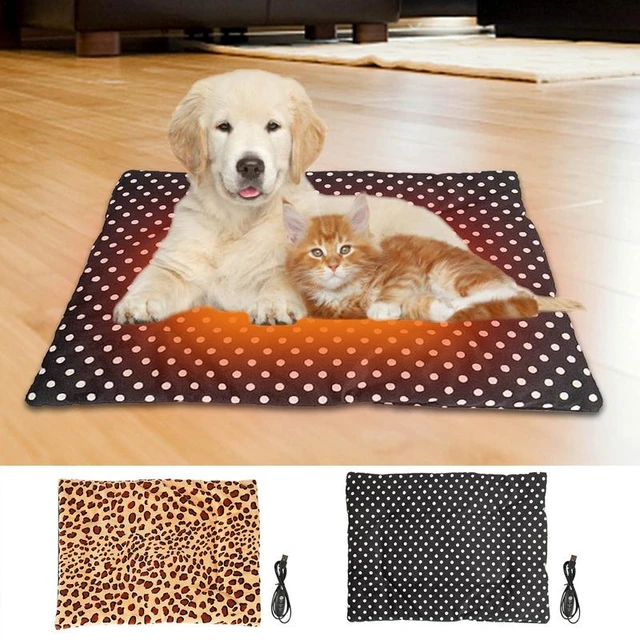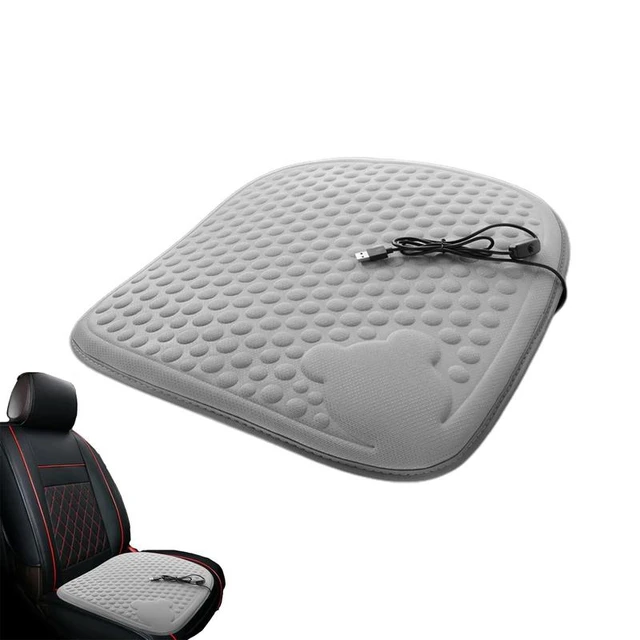Introduction
Rice heating pads are versatile tools that can be easily customized to fit different body parts, providing targeted relief and comfort. Whether you are seeking to soothe sore muscles, alleviate menstrual cramps, or relieve tension in specific areas, the ability to adapt the shape and size of a rice heating pad allows for effective treatment. In this guide, we will explore the benefits and considerations of customizing a rice heating pad for different body parts, providing practical tips and techniques for achieving optimal results.

Can a rice heating pad be customized to fit different body parts?
Benefits of Customizing a Rice Heating Pad
1.1. Targeted Relief
Different body parts may require specific attention and relief from discomfort. By customizing a rice heating pad to fit those areas, you can effectively target the source of pain or tension. This targeted approach allows for a more efficient and focused treatment, maximizing the benefits of hot therapy.
1.2. Enhanced Comfort
A rice heating pad that fits snugly to a particular body part provides improved comfort during therapy sessions. The customized shape ensures optimal contact and coverage, allowing the heat to penetrate deeply into the muscles and joints. This enhanced comfort helps promote relaxation and a sense of well-being.
1.3. Versatility and Adaptability
The ability to customize a rice heating pad makes it a versatile tool for addressing various body parts and conditions. Whether it’s the neck, shoulders, back, abdomen, or limbs, you can modify the shape and size of the pad to suit your specific needs, ensuring that the therapy is tailored to your individual comfort and targeted relief requirements.

Customization Techniques for Different Body Parts
2.1.1. Long and Thin Shape
To target the neck and shoulders, create a long, narrow rice heating pad. Fold a rectangular-shaped pad in half and secure the edges to form a long tube. Place the pad around the back of your neck or drape it over your shoulders for soothing warmth and relaxation.
2.1.2. U-Shape Design
For a more contoured fit, customize the rice heating pad into a U-shape. Fold a rectangular pad in half and curve the edges inward to create a U-shape. This design allows the pad to comfortably wrap around the base of the neck and rest on the shoulders, providing relief to these specific areas.
2.2.1. Full-Back Coverage
To cover a larger area of the back, use a larger rectangular-shaped rice heating pad. Place the pad horizontally across the back, ensuring that it covers the entire width from one side of the spine to the other. The pad should reach from the lower back to the upper back for comprehensive coverage.
2.2.2. Lower Back Support
For specific relief in the lower back area, fold the rectangular-shaped pad in half and secure the edges, creating a smaller square or rectangular pad. This design allows for a concentrated application of heat to the lower back, providing targeted relief to this area.
2.3.1. Circular Shape
To target the abdomen for menstrual cramp relief or soothing warmth, create a circular rice heating pad. Sew or secure the edges of a circular fabric piece, leaving a small opening to fill it with rice. Once filled, stitch the opening closed. The circular shape conforms to the contours of the abdomen, providing optimal coverage and comfort.

2.3.2. Waist Wrap
For a more secure fit around the waist, customize a rice heating pad into a longer rectangular shape. Fold the fabric in half lengthwise and sew or secure the edges, leaving a small opening to fill with rice. This waist wrap design allows for a snug fit around the abdomen, providing consistent heat therapy for menstrual cramps or abdominal discomfort.
2.4.1. Thin and Long Shape
When targeting the arms or legs, a long, thin rice heating pad can be used. Fold a rectangular pad in half lengthwise and secure the edges to form a long strip. This design allows for easy wrapping around the limbs, providing soothing warmth to specific areas or joints.
2.4.2. Contoured Fit
For a more contoured fit around joints such as knees or elbows, customize a smaller rectangular rice heating pad. Fold the fabric in half or into a desired shape, such as a half-moon or teardrop. Secure the edges, leaving a small opening to fill with rice. The contoured design ensures optimal contact with the joint, delivering focused heat therapy.
Considerations for Customizing Rice Heating Pads
3.1. Fabric Selection
Choose a fabric that is durable, heat-resistant, and comfortable against the skin. Cotton or flannel fabrics are commonly used for rice heating pads due to their softness and ability to retain heat. Ensure that the fabric is suitable for microwave use if you plan to heat the pad in that manner.
3.2. Rice Filling Quantity
The amount of rice used to fill the pad will determine its flexibility and conformability. Adjust the rice filling according to the size and shape of the customized pad. Add or remove rice as needed to achieve the desired thickness and pliability for optimal comfort and effectiveness.

3.3. Heat Retention
To maximize heat retention, ensure that the rice heating pad is properly heated before customization. Follow the manufacturer’s recommended heating instructions to achieve the desired warmth. Verify the temperature with your hand or a thermometer to ensure it is safe and comfortable before applying it to the skin.
3.4. Safety Precautions
Always exercise caution when heating or chilling a rice heating pad. Follow the manufacturer’s instructions for safe usage and temperature limitations. Avoid overheating the pad, as this can cause burns or damage to the fabric. When using a chilled pad, wrap it in a thin cloth or towel to protect the skin from extreme cold temperatures.

Conclusion
Customizing a rice heating pad to fit different body parts allows for targeted relief and enhanced comfort. By modifying the shape and size of the pad, you can effectively address specific areas such as the neck, shoulders, back, abdomen, and limbs. Consider the design techniques outlined for each body part and adapt them to suit your individual needs. Remember to choose suitable fabrics, adjust the rice filling quantity, and prioritize safety precautions when heating or chilling the pad. With proper customization, rice heating pads can provide optimal relief and relaxation, helping you manage a variety of conditions and promote overall well-being.

